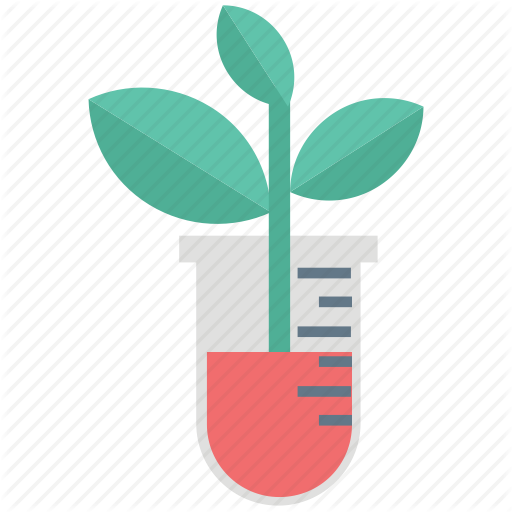Plant electrotropism is plant response to natural internal and external electrical forces. Voltage recordings done on a variety of trees and plants show very large numbers of electrons continuously flowing towards branch tips, with or without leaves. Using voltage recordings, ohm measurements, the strength of Earth’s electric field from references, and assumptions, electrical forces were then calculated using basic electric force equations. Two dimensional electrical forces with assumed angles were reduced using vector analysis to a resultant force at the branch tip, as an example. From the vector analysis, the resultant electric force vector and the branch tip is strong enough to define its direction. As the branch tip grows, lignin forms and structurally holds the growing tip direction. The branch tip growth eventually forms an “electric line of force” in all parts of the woody plant strong enough to resist gravity and other mechanical influences. Plant parts with insufficient lignin to resist gravity, droop downward. In short, woody tree parts are a physical record of electrical flow, just like a Lichtenstein Figure is a physical record of electrical flow.
Arthur Ramthun PE grew up on the family farm and graduated with honors with a BS in Agricultural Engineering from Michigan State University in 1978. He has worked at John Deere, Sperry New Holland, Flower Creek Dairy Farm and is presently working as a supervisory engineer doing civil engineering works. His work on Plant Electro-tropism has been done on his own time and expense, is outside his current employment duties, and is not affiliated with or endorsed by his current employer. To contact Arthur, send emails to [email protected].
JOIN US ON PATREON AND WATCH OUR INFLUENCE GROW: “Changing the world through understanding of the Electric Universe


